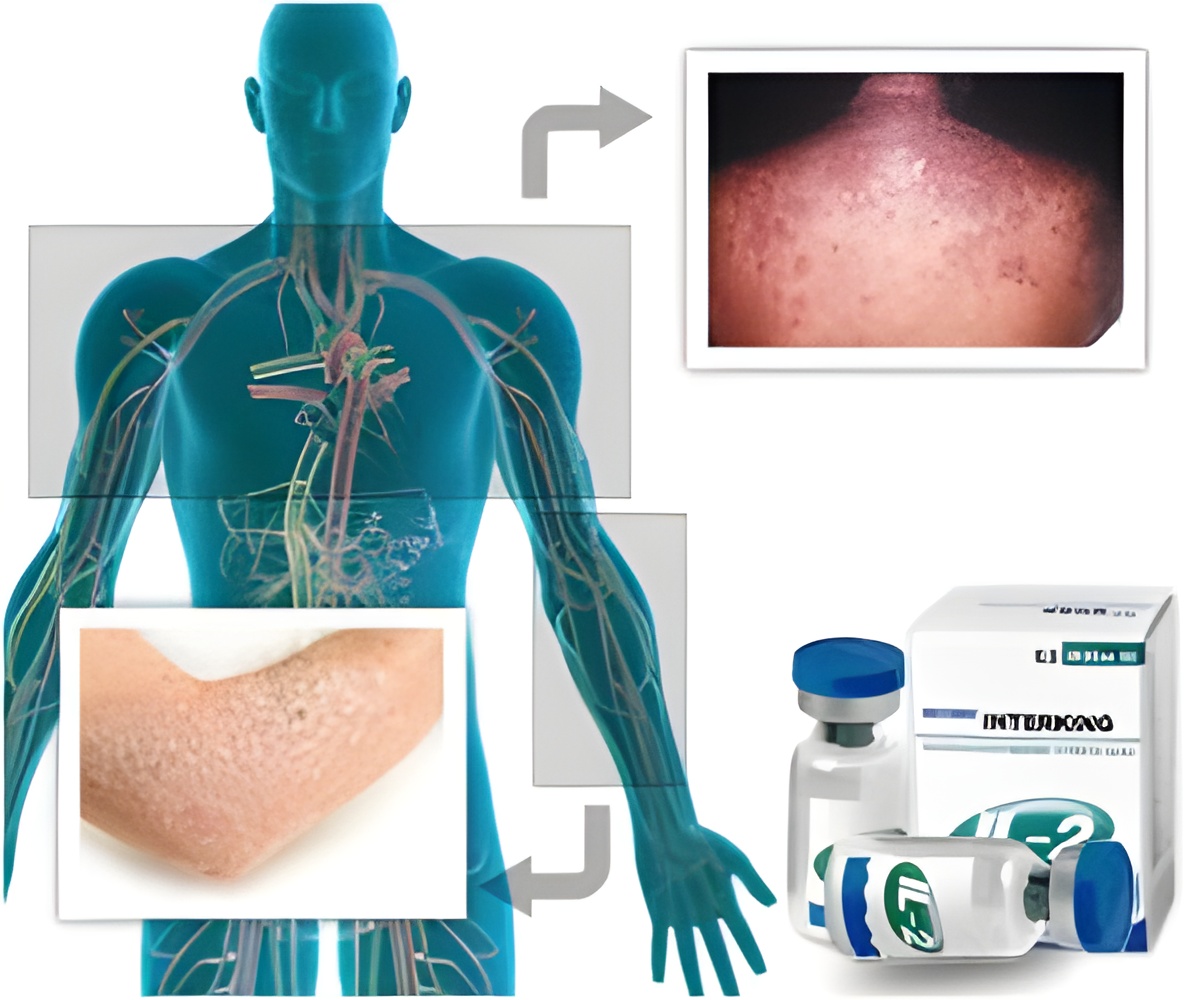
‘Beta adrenergic receptor (BAR) signaling can be controlled to calm the tendency of the new donor immune system to trigger GVHD in the recipient of the allogeneic BMT (alloBMT), while still allowing the transplanted donor immune cells to fight the recipient’s cancer.’
Tweet it Now
This life-threatening condition can occur in up to 60% of patients who undergo alloBMT, a common treatment for leukemia, lymphoma and other hematologic disorders. AlloBMT, or transplant of blood or marrow cells from another individual, generates a graft vs. tumor (GVT) effect where the donor cells can attack the host’s cancer, potentially resulting in cure. The research team found that BAR signaling is a key modulator of acute GVHD but does not negatively impact the GVT effect. BAR signaling, they report in the new study, helps regulate how the host responds to treatment, helping the new donor immune system recognize and eradicate the cancer without excessively damaging normal host tissues.
The team’s preclinical studies demonstrate another key finding: that beta-adrenergic stimulation with a beta-2 agonist such as bambuterol (brand name Bambec) can decrease the magnitude of acute GVHD without compromising the GVT effect. These drugs, known as bronchodilators, are often given to people with asthma to open up airway passages, and can also decrease the severity of an allergic reaction. ¬
“These drugs can have a profound effect on the immune system in terms of diminishing inflammatory cytokines associated with acute GVHD, as well as modulating the different immune cells that control acute GVHD without affecting the cells that cause the desired GVT response,” says Dr. McCarthy, Director of Transplant and Cellular Therapy at Roswell Park and senior author on the new work.
These findings, if confirmed through additional studies, would represent a significant advance, as existing strategies for preventing or treating acute GVHD are not always completely effective or may hamper GVT — the intended beneficial effect of transplanted immune cells from a donor. Another form of GVHD called chronic GVHD, which occurs late after alloBMT, was not analyzed in this study.
Advertisement
“Too hot and GVHD is more aggressive,” Dr. McCarthy says. “Too cold and the transplant may not fight cancerous cells as effectively. We’re looking for Goldilocks effect — a ‘just right’ zone where acute GVHD is diminished without decreasing the GVT effect.”
Advertisement
“These are great examples of bench-to-bedside research,” Dr. McCarthy says. “Based on these compelling discoveries, we plan to develop a clinical trial to study the effects of beta agonists on the incidence and severity of acute GVHD following allogenic blood and marrow transplant.” This project was supported by grants from several National Institutes of Health (NIH) agencies (project nos. R01CA205246, R01CA236390, R37AI34495, R01HL118979, R01HL56067, F32CA239356 and P30CA016056) and by donations to Roswell Park, including a gift from Brendan and Elise McCarthy.
Source-Newswise









